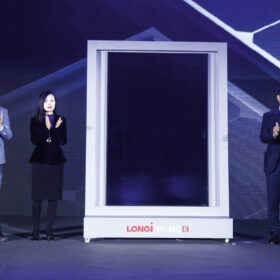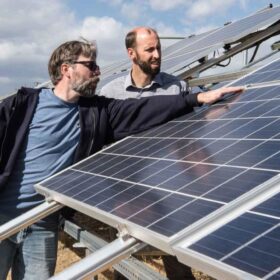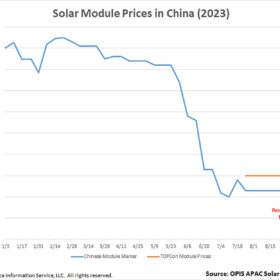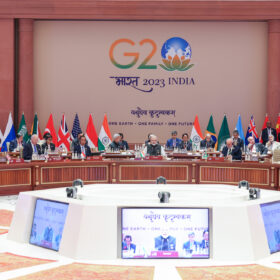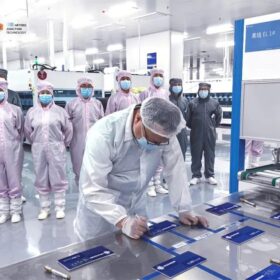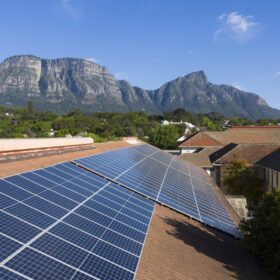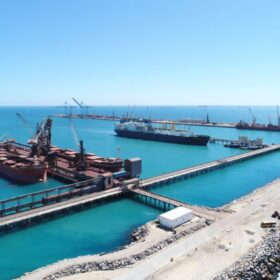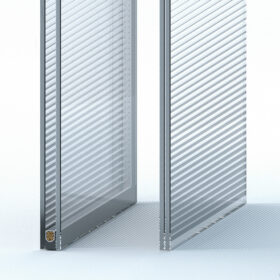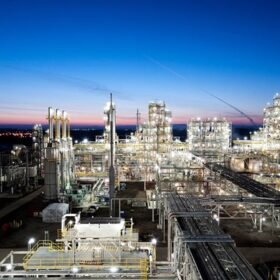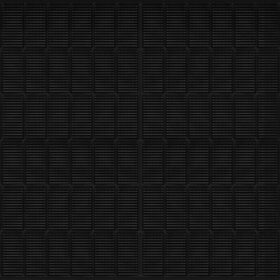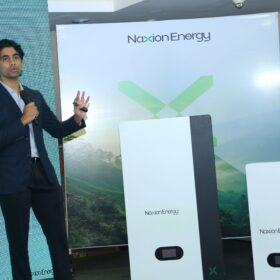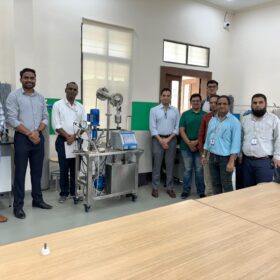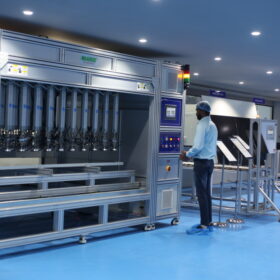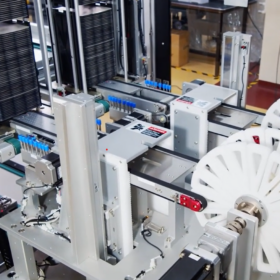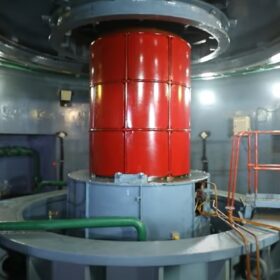Longi betting on back-contact solar cell tech
Longi Chairman Zhong Baoshen said last week that that the company’s hybrid passivated back contact (HPBC) technology will dominate its production capacity in the future.
How long do residential solar panels last?
Multiple factors affect the productive lifespan of a residential solar panel. In the first part of this series, we look at the solar panels themselves.
China solar module prices dive to record low
In a new weekly update for pv magazine, OPIS, a Dow Jones company, provides a quick look at the main price trends in the global PV industry.
G20 to pursue tripling of renewable energy capacity globally by 2030
The leaders of G20 nations noted the climate finance requirements of developing countries. They agreed to work towards facilitating low-cost finance for energy transition in developing nations.
Huasun claims 25.69% efficiency for heterojunction solar cell
Huasun Dali started producing high-efficiency 210 mm HJT solar cells this week, and is expected to achieve an average efficiency of 25.5% in mass production.
The importance of solar mini-grids in universalizing energy access
As solar energy becomes the most cost-effective form of energy generation in many countries, with clear climate, energy, and economic benefits, its acceptance and political support are growing. To enhance resilience and sustainability, strategies that incorporate a diverse energy mix, combining centralized and distributed renewable generation, are most effective, especially in underserved nations.
Brazil could produce green hydrogen for $2.87/kg, says consultancy
Sao Paulo-based Clean Energy Latin America says green hydrogen could be produced in Brazil at a levelized cost of hydrogen (LCoH) of $2.87 and $3.56 per kg in some strategic locations.
Panasonic testing BIPV glass based on perovskites
Panasonic is now testing perovskite-based power-generating glass with Japanese property developer Mitsui Fudosan Residential at a new building in Kanagawa prefecture, Japan.
Qcells to sign $3 billion supply agreement for US-made polysilicon
Hanwha Qcells will make sizable prepayments to help restart the REC Silicon plant in Moses Lake, Washington, by Nov. 1, with a goal of reaching full capacity by the end of 2024.
Sharp unveils all-black 420 W TOPCon solar panel with 21.51% efficiency
Sharp’s new IEC61215- and IEC61730-certified solar panels have an operating temperature coefficient of -0.30% per degree Celsius, with 21.51% efficiency.
